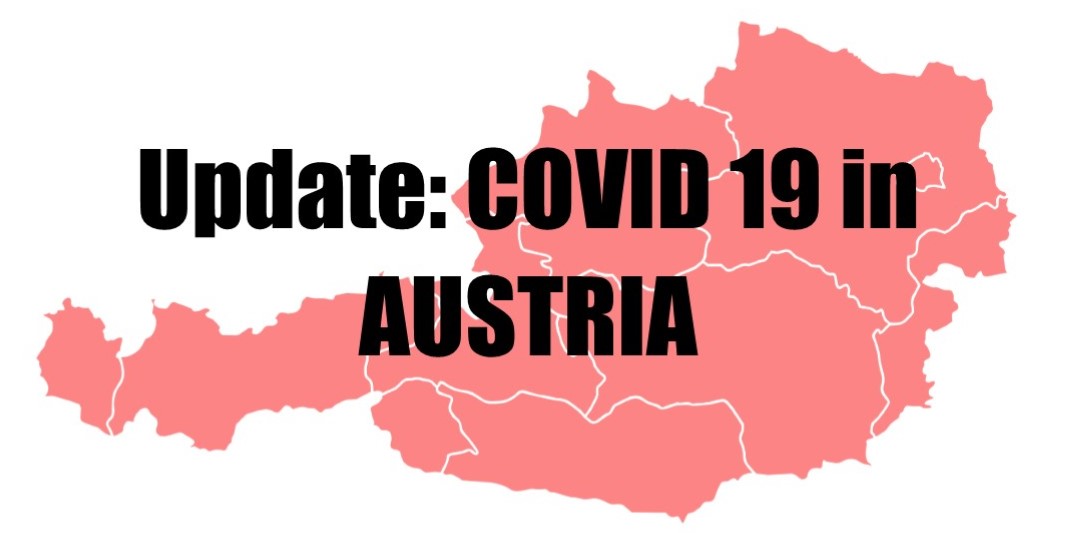Due to the rapidly spreading Omicron variant, the Corona traffic light switched mostly to red in Austria on Wednesday.
Up to 17,000 infections feared next week
9,761 new Corona infections
The Corona Commission on Wednesday rated the provinces of Lower Austria, Upper Austria, Salzburg, Tyrol, Vorarlberg and Vienna as “very high risk.” Burgenland, Carinthia and Styria were rated “high risk.”
Corona traffic light predominantly switches to red in Austria
The decisive factor for the rating is the risk number, which takes into account not only new infections but also the age of those affected and their vaccination status. Below 50, one is in the yellow zone, up to 100 is the orange zone of high risk, and above that the high-risk sector begins. Accordingly, Tyrol had the highest risk number with 486.1, followed by Salzburg with 252.7 and Vienna with 196.6. The lowest risk was in Styria with a value of 78.1.
From calendar week 52, Omicron was dominant variant
As early as the 52nd calendar week of the previous year, 5,568 cases of the virus variant B.1.1.529 (Omicron) were detected throughout Austria. With a share of 57 percent of all tested cases with usable results (PCR-based or sequenced), the Omicron variant is the dominant virus variant as of this period. The consortium assumed – as in its previous assessment – that exceeding the previous peak of reported daily new infections of 15,000 cases will be reached during January. Towards the end of the current forecast period on January 12, it is therefore already possible that the 15,000 cases will be exceeded.
Intensive care utilization not expected to rise
Despite the rising numbers, utilization in intensive care is not expected to increase. “Observational data from the United Kingdom so far show no increases in the number of patients receiving mechanical ventilation. In the course of the pandemic so far, about 40 percent of patients requiring intensive care in Austria have been mechanically ventilated,” the consortium said. Furthermore, it could be assumed that the proportion of doubly vaccinated and younger persons in the infection incidence would increase, which would lead to an effective reduction in the ICU rate.
These assumptions are subject to great uncertainty
However, these assumptions are subject to great uncertainty. Due to a lack of data links between hospital admission data and the epidemiological reporting system, no evaluations of actual hospitalization rates can be made for Austria.
- source: APA/Red/picture: pixabay.com
This post has already been read 1429 times!



